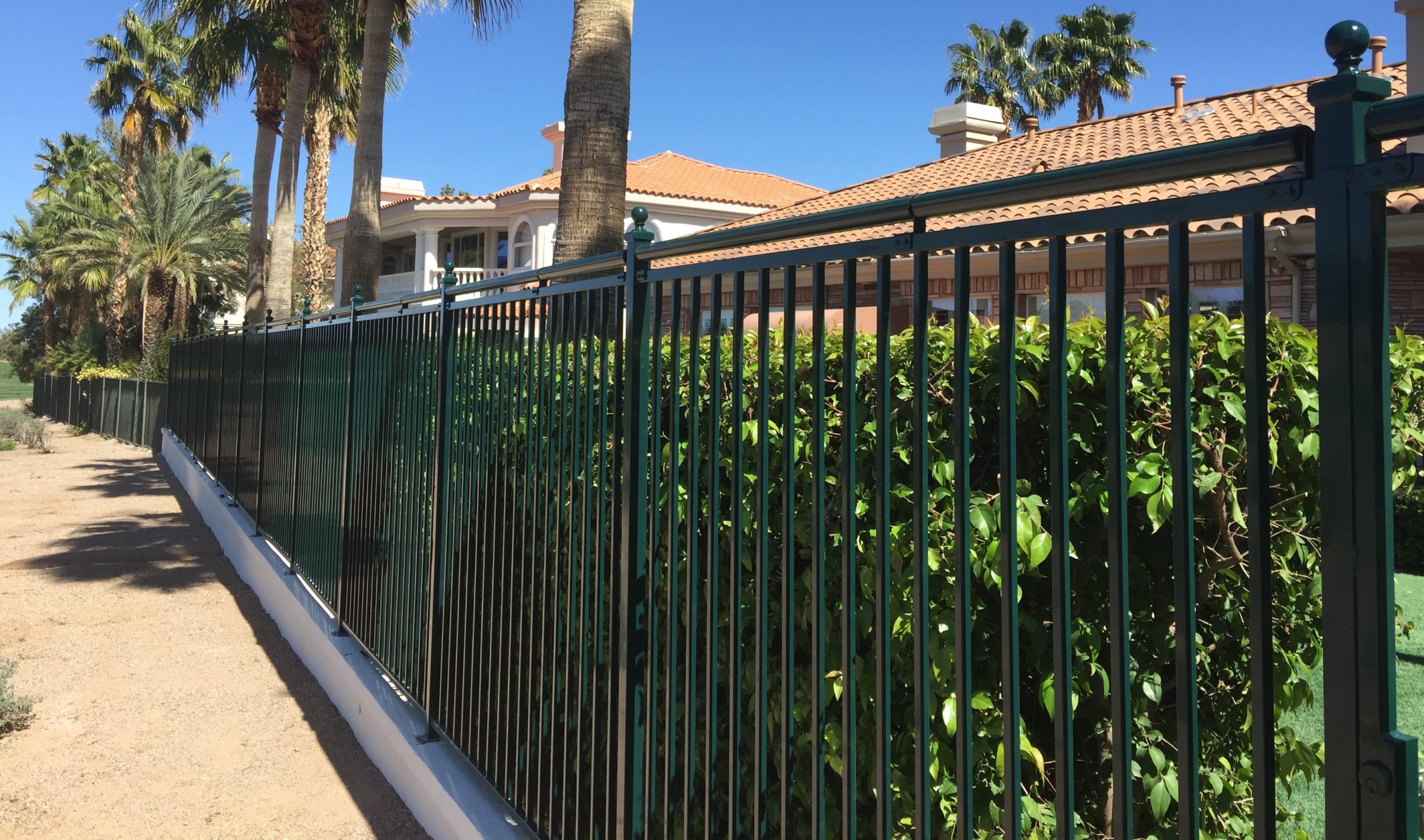
Coyotes 101: Frequently Asked Questions About Coyotes
As cities in the Southwest expand into new territory, especially in the desert, with this expansion comes an unexpected challenge for homeowners. Coyotes have called the Las Vegas area home for thousands of years. They are highly intelligent canids, closely related to dogs, wolves, and foxes. They are also one of the most adaptive animals in the desert and have used their intelligence to carve out a niche for themselves amongst the creosote and cactus, where few other animals thrive. As cities spread out, coyotes aren’t pushed from an area as much as they just adapt to the new living conditions. For them, they feel just as at home on a city street or a paved neighborhood as they did among the mesquite and sandstone bluffs.
Frequently Asked Questions About Coyotes
So if your experience with coyotes doesn’t extend much past watching one in the cartoons, ordering rockets and catapults from ACME, here is your Coyote 101 course to learn more about them.
What does a coyote look like?
Coyotes are canids, which are four legged predators which encapsulate dogs, foxes, and wolves. Coyotes might resemble a rangier looking husky. They have fluffy tails which they carry down as they walk, narrow muzzles, and are generally a mixture of browns, grays, black, and even reds. They are more diminutive than wolves, standing at about 1.5ft. tall at the shoulder (just about the same size as a Border Collie). They have triangular ears with rounded tips which perk up on the top of their heads when alert. Coyotes might be confused with mixed dog breeds with husky features, but are generally lighter in build and very skitterish. Due to their coloring they blend in very well with the surrounding environment.
What does a coyote sound like?
Coyotes can be mostly heard at night and are characterized, especially in groups, with a lot of high pitched yelps, high pitched howls, and a cackling laugh kind of sound. They howl to signal each other within their pack, which can be as small as a few members to being upwards of 15 or more coyotes. Since they are social animals, they are very verbal in their communications and can be using their howls to signal their positions, the location of prey, or just to establish their territory from other packs.
Are there coyotes near me?
The answer is pretty simple. Yes. Coyotes are found in nearly every biome, as well as most major cities in North America. As cities expand into coyote territory, the possibility of encountering one (or several) increases. Other than their howls, one way how to know if coyotes are around is to look for their droppings or scat. Coyote droppings look a lot like dog feces except they are generally wrapped in a fur-covered outer case. This results from eating animals such as rabbits and mice whole–bones and all. Their digestive system covers the scat with hair as it travels through the twists and turns of their intestines to protect their organs from being damaged by the sharp bones. If you see hairy looking dog poop, you know coyotes are nearby.
What to do if you see a coyote in your yard?
As neighborhoods expands and cities approach coyote territory, this does little to discourage their roaming. People leaving easily obtainable food supplies such as garbage, pet food, or even feeding coyotes encourage these kinds of encounters into your yard. Though coyotes are very shy animals, with desensitization with people, they become more brazen with their encounters. Coyotes can easily be shooed away, or spooked by people, but as they become more used to people, these kinds of aggressive actions can actually trigger the fight or flight reflex in coyotes and rather than run away, they can get aggressive. Generally, if you see a coyote in your yard, make sure your children or pets are safely kept inside the house.
What to do if coyotes are near your house?
Coyotes are not only curious animals due to their intelligence, but can become more aggressive when they are used to interactions with people. Never feed coyotes. This just encourages them to be around people more. They are wild animals and can be very aggressive, resulting in bites, and even pack attacks on pets and even children. People walking their dogs are very much at risk, and cats left to roam the neighborhood are an easy target for coyotes.
If coyotes are near your house, they can be chased away by making lots of noise and never running away from them. Running away can trigger their chase reflex. If you encounter one up close, you can use bear repellant or other self-defense spray. Many coyotes carry rabies, so it is very important to keep your distance and if one is acting aggressively or exhibiting strange behavior, you should notify animal control or the Division of Wildlife for your area. It is not recommended to hunt, poison, trap, or shoot coyotes in urban areas due to the safety concerns of neighbors as well as local laws.
Are coyotes dangerous?
Yes. Besides being very effective predators, coyotes may also carry a number of diseases, such as rabies, distemper, and tapeworms and other parasites, which are also dangerous.
Are coyotes dangerous to humans?
Yes. Though very shy animals when it comes to interacting with humans, coyotes are wild animals and can be aggressive if protecting territory or their young. They might see your pet dog or cat as prey and this can cause them to be aggressive to you as well as your animals. Coyotes have been known to attack small children as well if left unsupervised.
Do coyotes come out during the day?
Though typically more active at night, coyotes are on the prowl at all times, day and night. They are usually less vocal during the day and are surprisingly stealthy.
How to keep coyotes away
Not encouraging interactions with humans is one of the best ways to limit contact with coyotes. Feeding them encourages them to remain in urban areas. Coyotes are very agile creatures and can clear an 8ft. fence. Since they are also very compact and slender, they can dig, or burrow under fences but generally prefer jumping or slipping between the bars. Installing a tall iron security fence is a good way to mark your own territory and make sure that coyotes stay out of your yard.
What about coyote rollers?
Since coyotes can jump really high, coyote rollers are important to add to your fence line for added security. Coyote rollers thwart jumping because they roll the animal back off the fence top if they attempt to jump to the top. A coyote roller is a cylindrical length of ironwork that runs in sections along the top of your fence and rolls with any weight on it. Think of a log rolling contest for desert prowling canids. With an unstable halfway point, coyotes eventually learn to stay away from this line of defense and look for easier obstacles to overcome. Coyote rollers are humane and they don’t detract from the aesthetic of your fence. Without harming the animals, you can still keep your yard coyote free with a deterrent such as coyote rollers, which happen to be one of our specialties.
Keeping your coyote free yard is important in the safety of your pets, children, and even yourself. Installing iron security fencing, coyote rollers, securing garbage bins, and keeping food supplies such as pet food inside will discourage coyotes from being in your back yard.
Get started today
Building an iron security fence around your property will improve your line of defense against this crafty and resourceful predator. Contact us today to see how building an iron security fence will help your coyote problems, and beautify your property at the same time. Now is a good time to get started protecting your home from coyotes.



